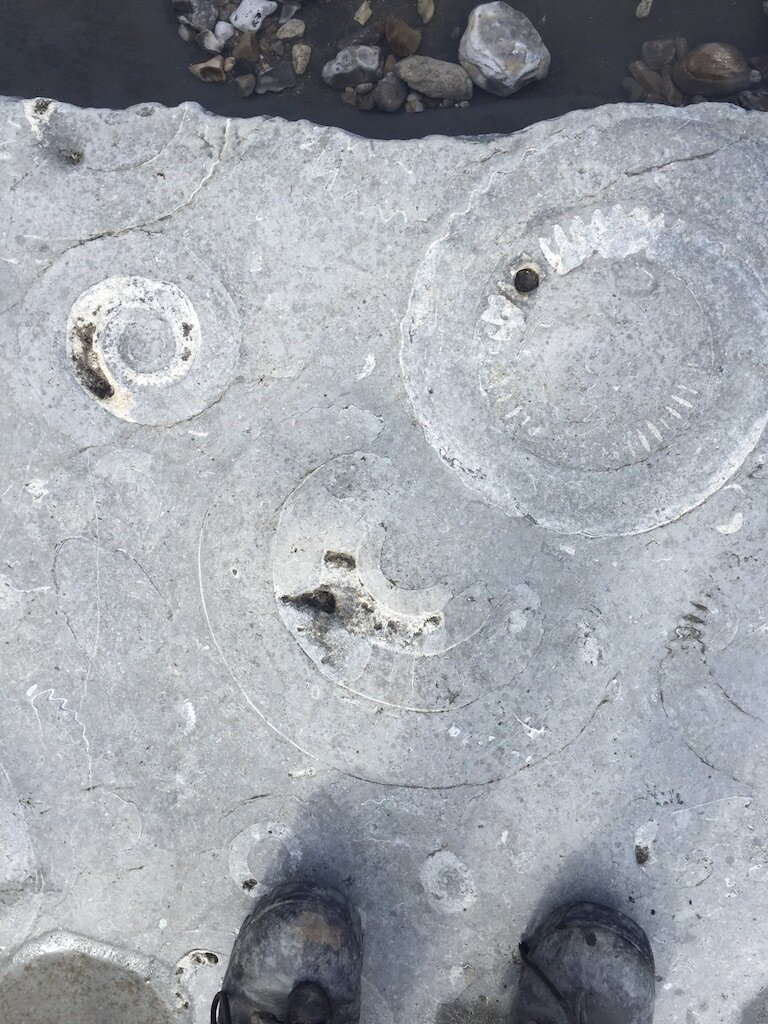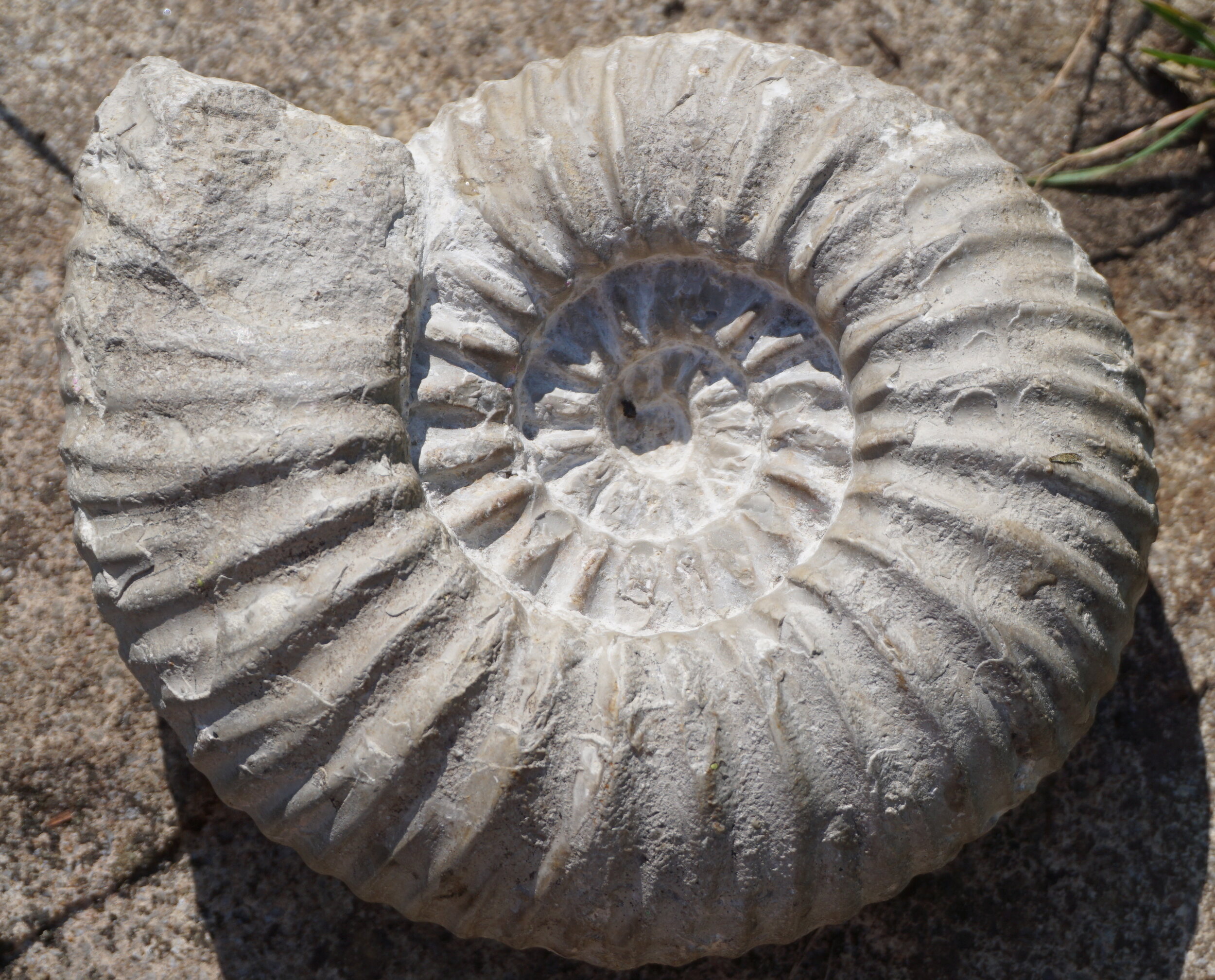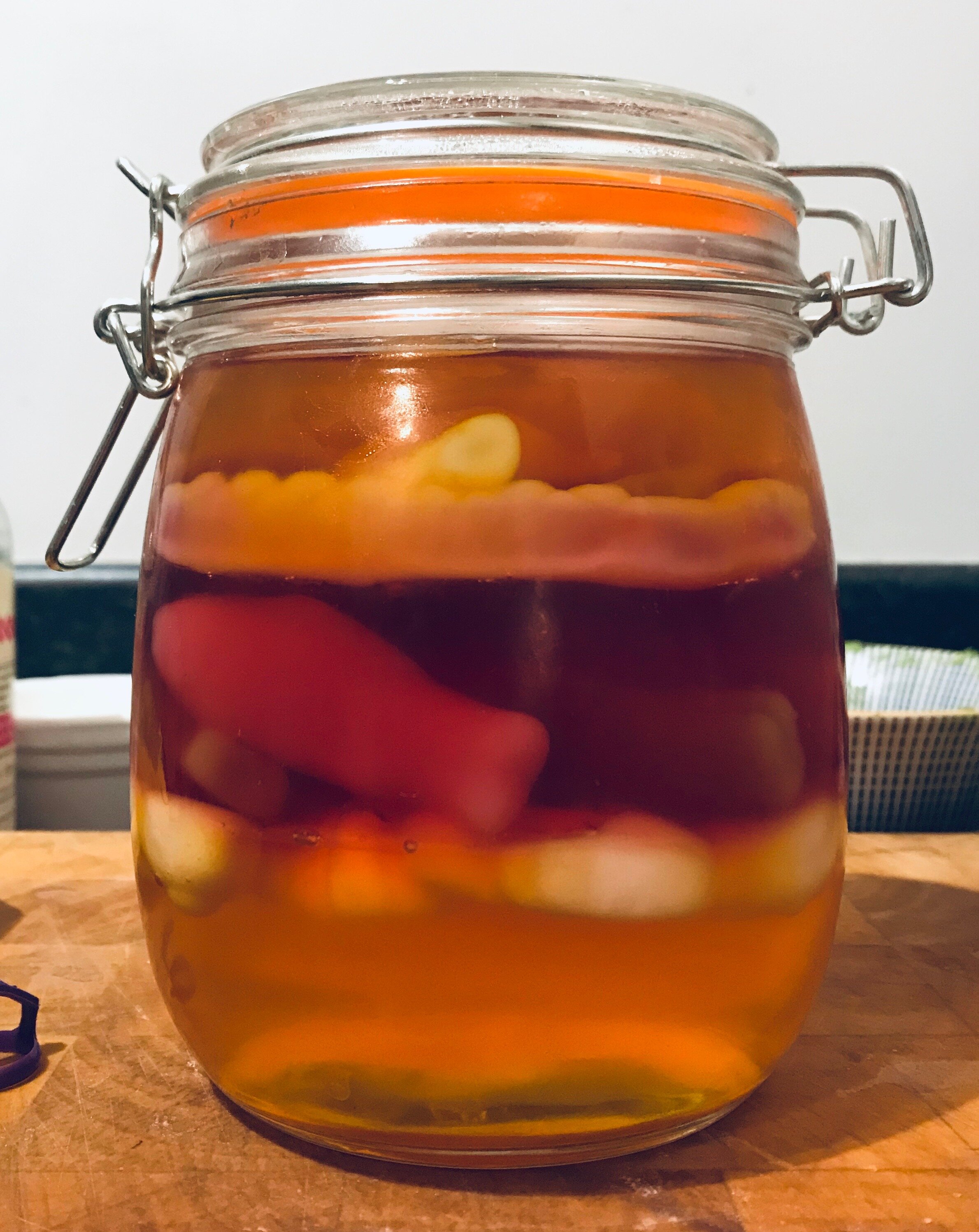FOSSILS
The study of fossils is important for understanding the history and evolution of life on Earth. For example, we wouldn’t know that dinosaurs existed if we didn’t have fossil evidence!
Palaeontologists are scientists who study fossils, and if you work through the activities on this page you will be on your way to becoming one too.
The activities on this page are suitable for pupils in Key Stage 1- 2 (Year 1 - Year 6) although younger students may need the help of someone older.
Topics covered on this page:
What are fossils and types of fossil.
Body fossils and how body fossils are made, including an activity to make your own fossil.
Fossils in the rock record, including an activity to make fossil jelly.
Curriculum links:
How fossils are formed.
Research and discussion of the different kinds of living things whose fossils are found in sedimentary rock and explore how fossils are formed.
Fossils provide information about living things that inhabited the Earth millions of years ago.
You can find and download all the activities below, as the part of the Fossils Activity Pack here.
What is a fossil?
Watch the clip below to find out how a fossil is made, pay particular attention to types of fossil mentioned in the video. Can you remember all four types and how they are made?
Types of fossil
In the clip above, four types of fossil are explained. These are the most common but there are lots of other types of fossils. Use the pictures below and what you have learnt from the video above to make ‘Fact Cards’ about each type of fossil mentioned in the video. Download and print our template below to help you, or use it for inspiration to make your own.
Fossil Fact Card examples, use our template above to make your own! How many types of fossil can you find?
Body fossils
Body fossils are some of the most common fossils found around the world and there are many examples such as the extinct trilobites and ammonites. Complete dinosaur body fossils are very rare in comparison. We have lots of fossils in the GeoBus collection, below are two of our favourite fossils we have: a trilobite and a large ammonite.
TRILOBITE BODY FOSSIL
This trilobite exoskeleton has been preserved almost unchanged so you can see lots of great detail on this fossil, even its eyes.
Trilobites used to live in the sea, crawling along the bottom of the sea floor, and came in all shapes and sizes. They became extinct around 250 million years ago.
You can find out more about the trilobites here, and explore a 3-D model at the bottom of the page!
Ammonite body fossil
This ammonite shell fossil is 20cm wide and very heavy. Ammonites were squid like creatures living in the sea inside spiral shells. They went extinct at the same time as the dinosaurs, approximately 65 million years ago. Fossilised ammonite shells can now be found all over the world, the biggest shell found was almost 2m wide!
You can read more about the ammonites here, and explore a 3-D model at the bottom of the page!
How are body fossils made?
Use the worksheet below to test your knowledge on how body fossils are made and make a cartoon strip to illustrate the process. Re-watch the YouTube Clip above to help you, and check out some other sites like BBC Bitesize. You can check your work with the solution sheet - but no peeking!
Make your own fossil!
Now you have learnt a bit about how fossils are made, you can have a go at making your own! Use the instructions in the worksheet below to have a go at making your own trace and body fossils. You can also download and print our ‘Fossil Box’ to store and keep your GeoBus fossil safe.
Fossils in the rock record
This activity uses jelly and sweets to show you how fossils are preserved in different layers of rock, and what that might tell us about the fossil. You can eat your fossil jelly after! Use the instructions below to make you very own fossil Jelly.
Other things to do!
Still want to learn more about Earth sciences? Have a look at our other school resources by clicking on the button below to take you to our Home Resources page.













